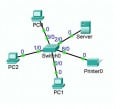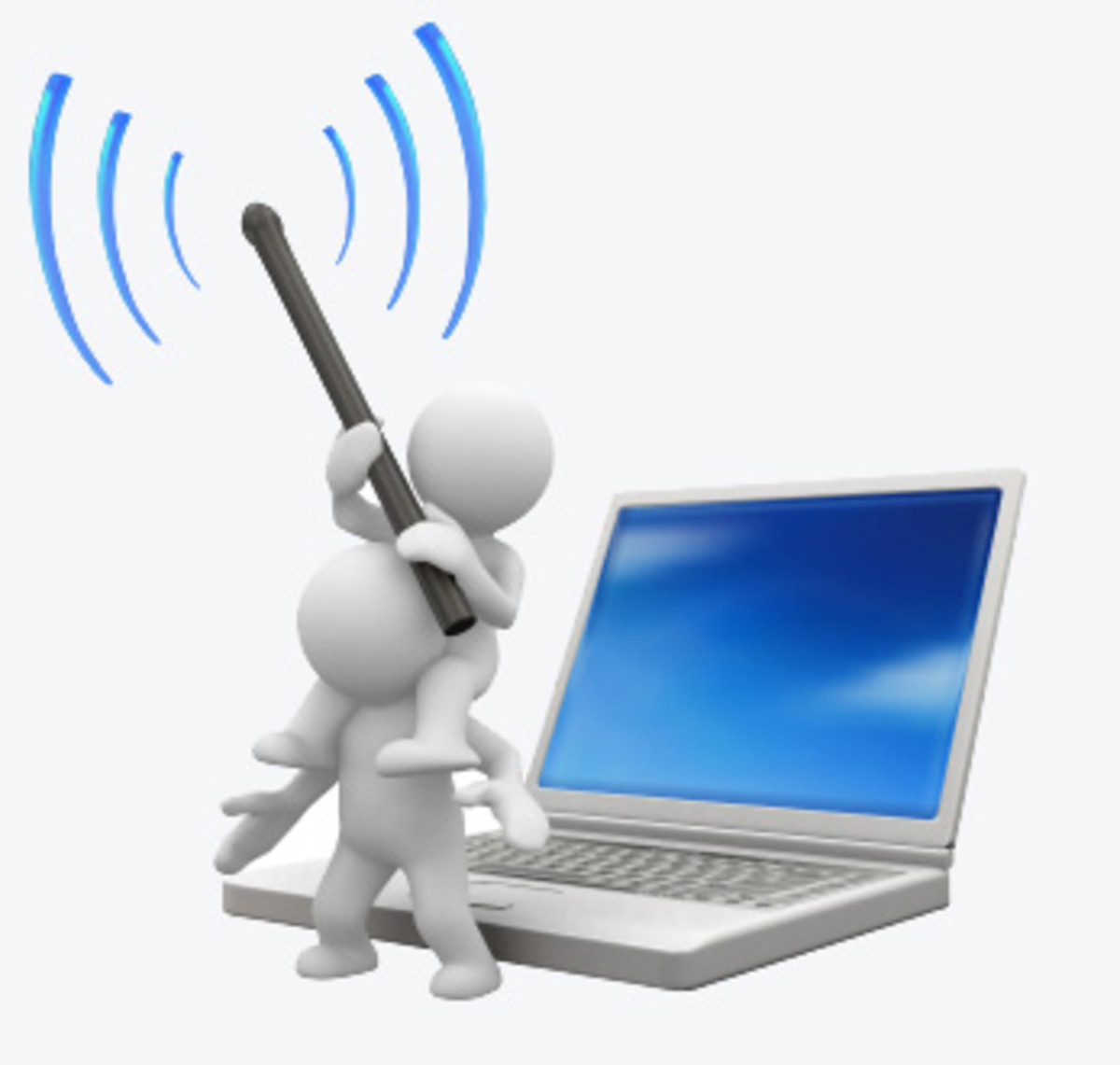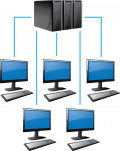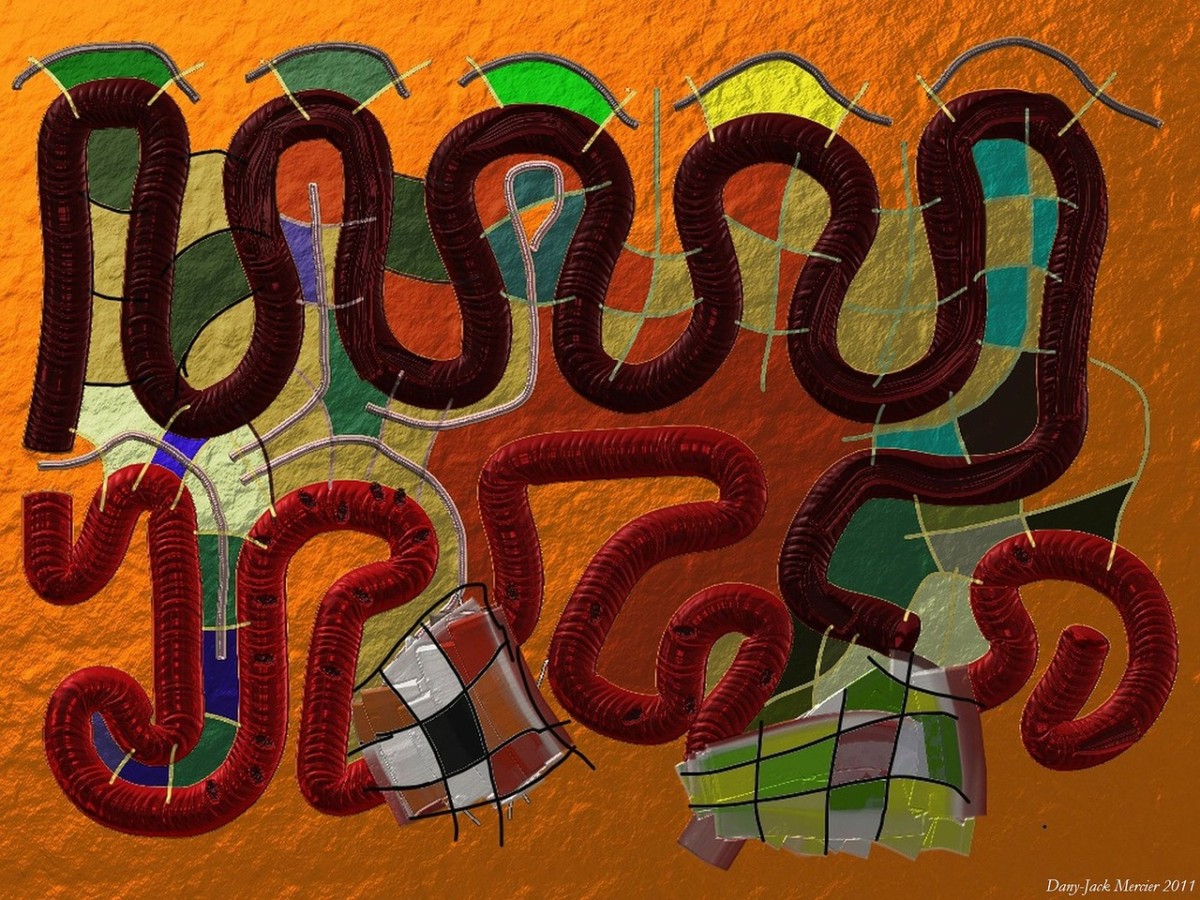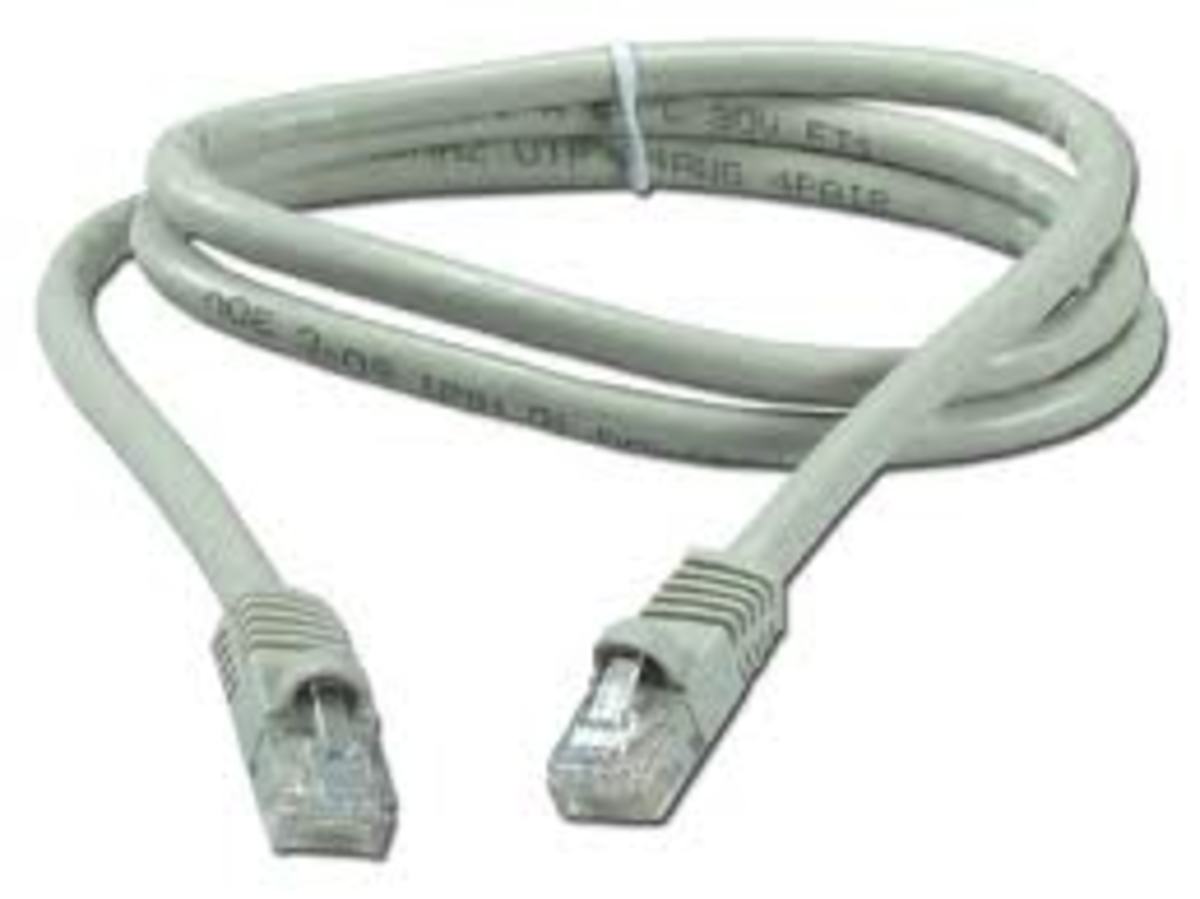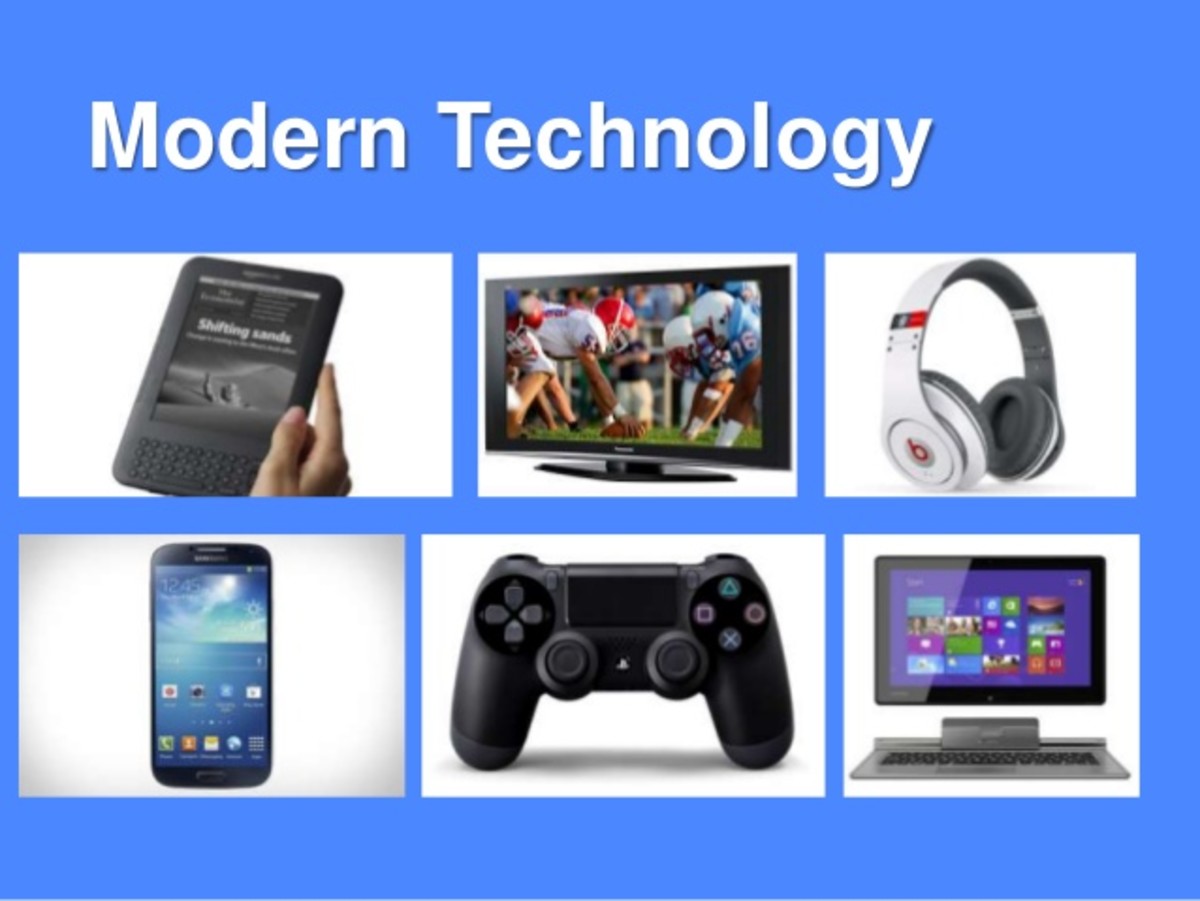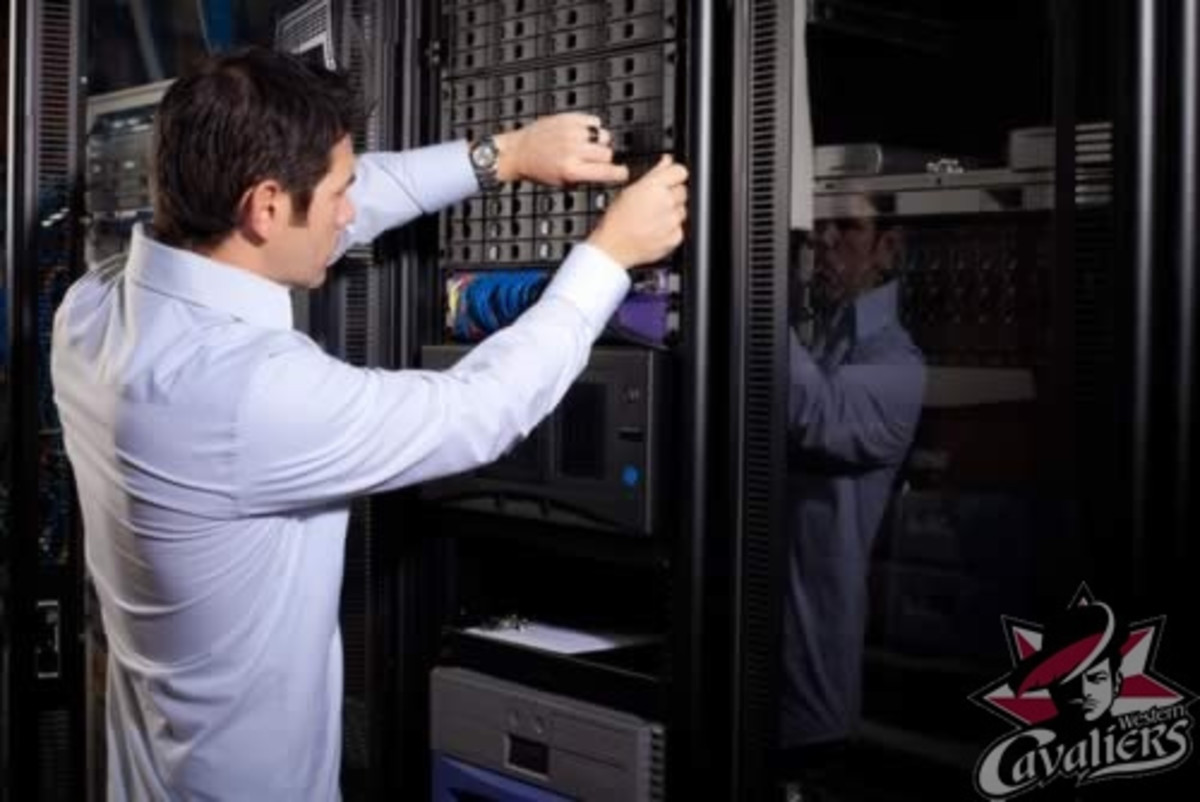Basic Network Topologies
The layout of a computer network that has each computer, switch, router, servers and other devices connected are known as a topology. The network could be small consisting of only a few computers and devices. It could be a larger network that consists of thousands of computers and devices. Either one it will have to conform to one of the following network topologies.
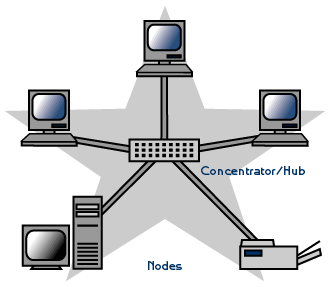
Networks are always categorized in only several types of layouts. However, each network is going to be very different, and the layouts are usually going to be a virtual shape or design.
1. Bus topology – This is the simplest form of network installation. It will usually consist of a single backbone which all the computers in the network connect. Bus topologies work best if there is only a small amount of devices that need to connect with one another. The device that is connected will broadcast a single packet with a message. Only the computer that is identified in the packet will receive it. If, the cable breaks or something on the network goes down it can cause the network to be nonfunctional until the problem is resolved.
2. Ring topology- This is sometimes referred to a pass ring topology. This is a topology that makes a full circle between all of your devices. The computers attached to it will send a signal out in a clockwise direction until the receiver answers. When a device fails on this ring topology it will bring down the entire network until the ring is fixed or the device replaced with one that is working.
3. Star topology- The star network, is one of the most common forms of networks used in business today. Most of the computers connect, into a centralized location like a hub or switch that will even distribute traffic. This is a much better design than the Bus or Ring topology because of the redundancy it provides. For example, if one computer goes down it does not bring down the entire network. The other computers on the network will still function normally. However, if the switch or router were suddenly to malfunction then the whole network would go down at that point.
4. Tree topology- The topologies of the networks above can be combines to form a more redundant topology that is less likely to result in interruption. This type of topology made in a hierarchical root. The node is connected to one or more of the nodes at the next lowest level. These nodes are then connecting to others in the same fashion making it look like a pyramid or tree. Each level of the tree will have a variety of different branches to help protect each other.
5. Mesh Topology. The best example of a mesh topology that connects many devices in the internet. The World Wide Web is one big mesh topology. There is multiple paths setup to help you reach the same destination. So, if one part goes down it will never interrupt the flow of the rest.
These basic designs of topology help network and IT managers plan out the larger more intricate ones based on the same topology. Having a basic knowledge of how information passes around a network is the start of the foundation to understanding other structures of the network.


